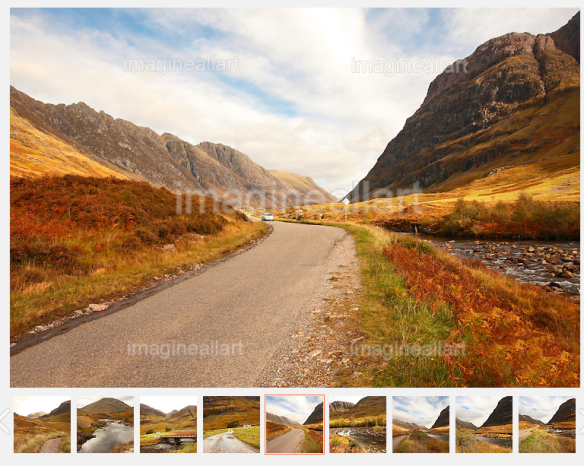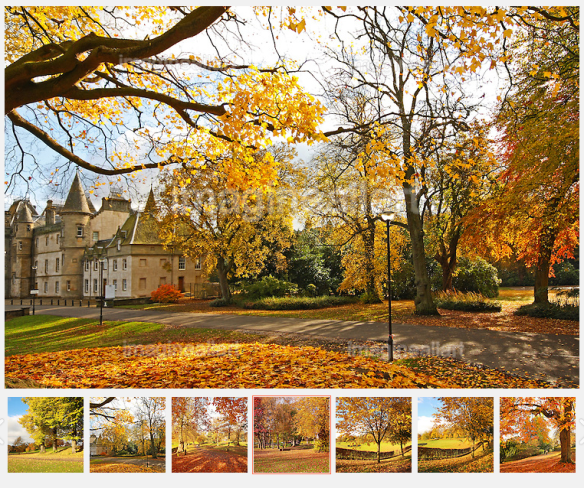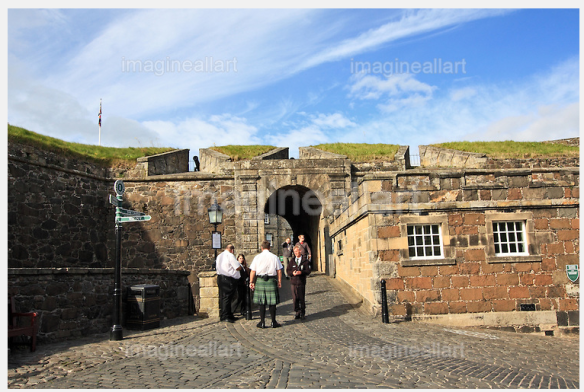Helensburgh is a town in Argyll and Bute, Scotland. It lies on the north shore of the Firth of Clydeand the eastern shore of the entrance to the Gareloch. Helensburgh was formerly in Dumbarton District, but was re-allocated under local government reorganisation in 1996. Prior to 1975 it was part of the former Dunbartonshire.
Helensburgh was founded in 1776 when Sir James Colquhoun of Luss built spa baths on the site of Ardencaple Castle, which dated back to about 1600. He then had the seaside resort town constructed to the east of the spa on a formal layout in the style of Edinburgh New Town, and named it after his wife Helen. A ferry service he arranged across the Firth of Clyde to Greenock was successful in attracting residents who could commute from jobs there to attractive homes in the new town. Helensburgh became a favourite place of residence for shipping tycoons and tobacco merchants from Glasgow. At one point the small town had one quarter of Britain’s millionaires living there.
Helensburgh born coal miner Charles Harper emigrated to New South Wales (now a state of Australia) and became the first manager of the Metropolitan Coal Company before being killed in a mine accident in 1887. In that year, the company took over the mining lease on an area south of Sydney known as Camp Creek. When the coal mine opened the following year, the town was named Helensburgh, possibly named after his birthplace or after his daughter Helen. The two Helensburghs are now sister cities.
Helensburgh today acts as a commuter town for nearby Glasgow, with a population at the 2001 census of 14,626, and also serves as a main shopping centre for the area and for tourists attracted to the seaside resort. Helensburgh is also influenced by the presence of theClyde Naval Base at Faslane on the Gare Loch, a major local employer. The town is a popular destination for day trippers.
The seafront has an indoor swimming pool, an esplanade walk, a range of shops, cafes and pubs, and sailing facilities including Helensburgh Sailing Club. At Rhu, just beyond the town boundary, there is a marina.
The streets are built on a gentle slope rising to the north east, and at the brow of the hill a golf club has views looking south out over the town to the Clyde, and to the north across nearby Loch Lomond to the Trossachs hills.
Helensburgh is home to a number of annual events, with the local branch of Round Table running an annual fireworks display on Guy Fawkes Night and hosting a Real Ale Festival at the Sailing Club.
See more images of Helensburgh














